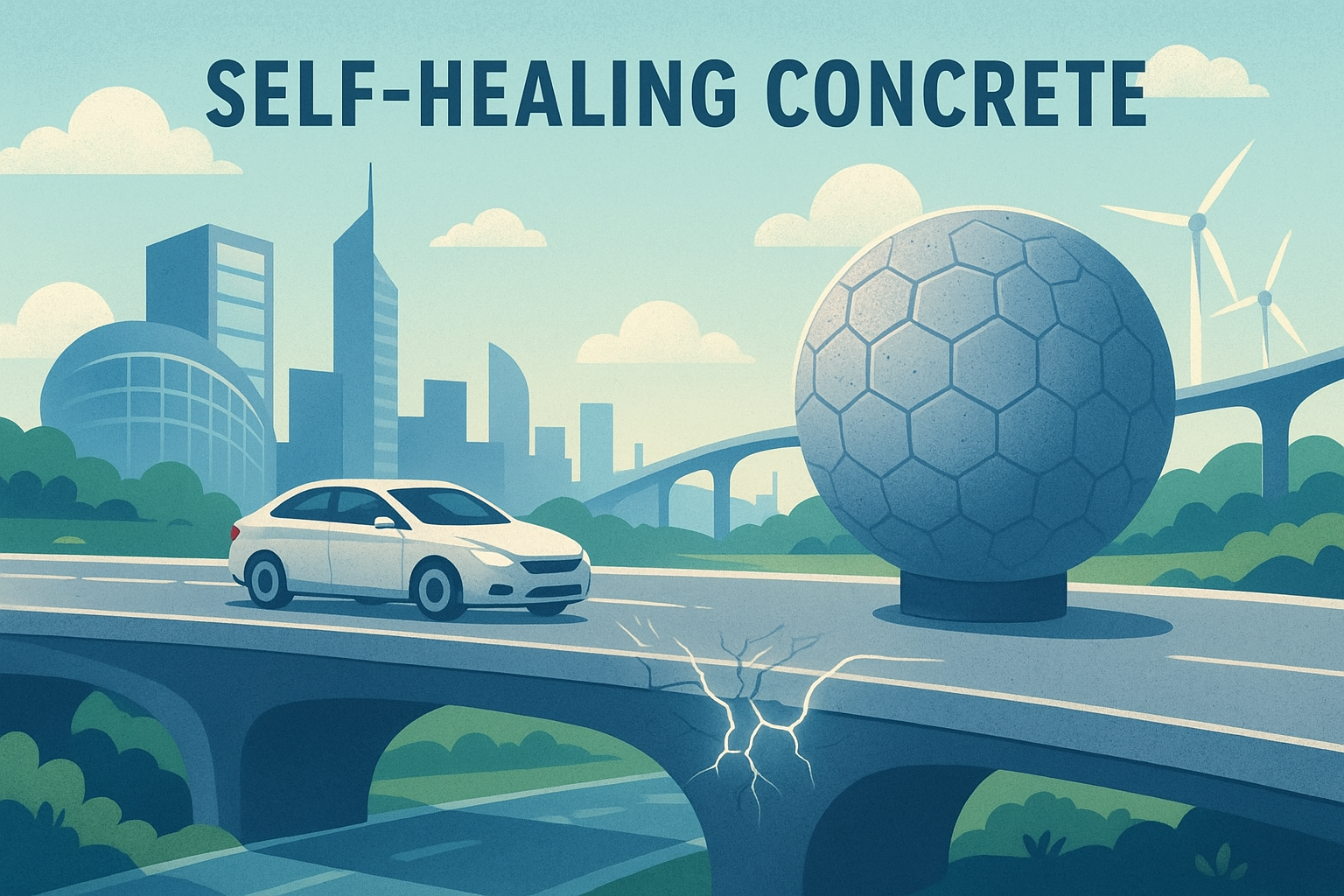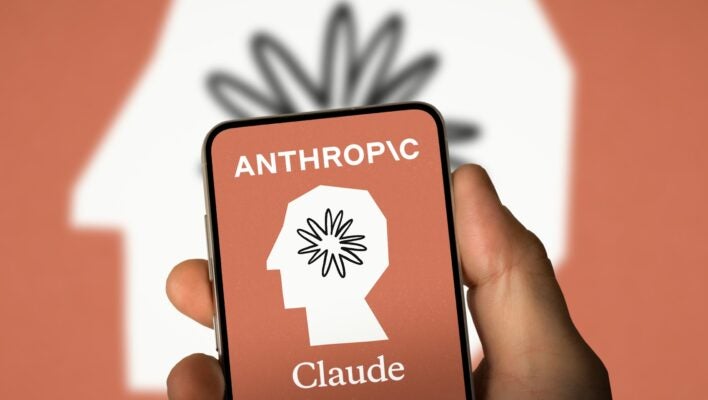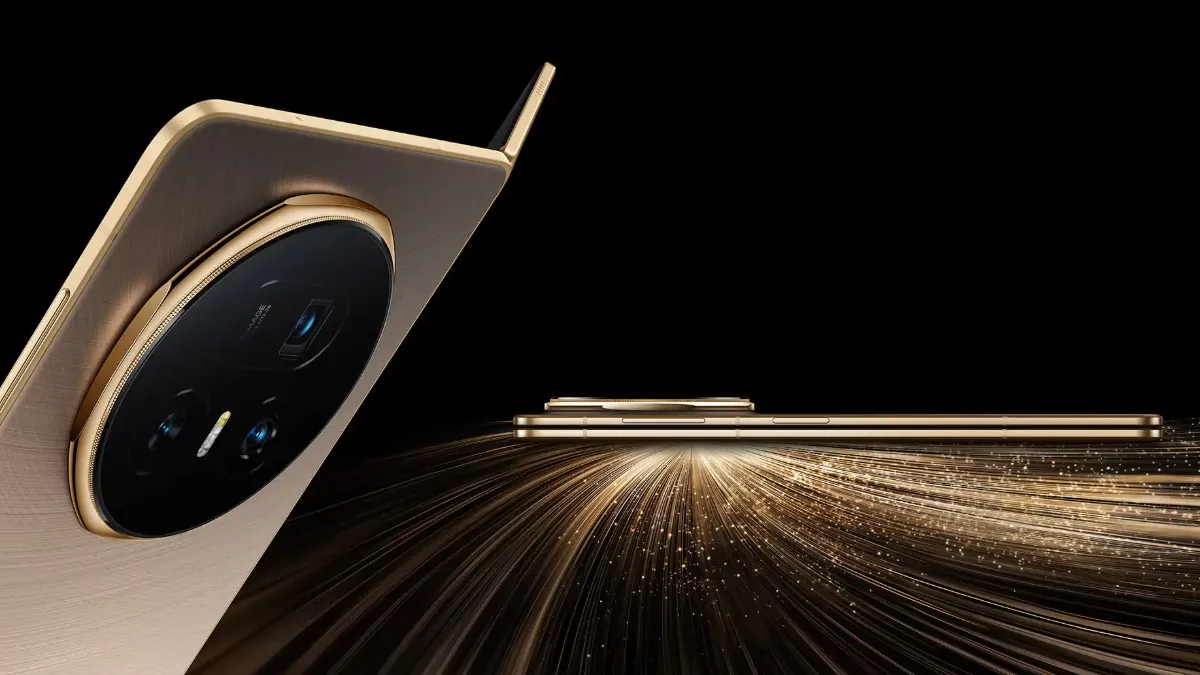
Self-Healing Concrete: The Future of Sustainable Infrastructure
Introduction
Concrete is the backbone of our cities. From bridges to skyscrapers, it supports our modern world. But like all materials, concrete wears down over time. Cracks form, water seeps in, and repairs become expensive. That’s where self-healing concrete comes in a revolutionary innovation that could change construction forever. This new material repairs itself, extending the lifespan of structures while cutting maintenance costs and reducing environmental impact.
What is Self-Healing Concrete?
Self-healing concretes is a specially designed material that can repair cracks automatically. It uses either:
- Bacteria-based technology – Special bacteria mixed into the concrete produce limestone when exposed to water.
- Chemical capsules – Tiny capsules release a healing agent when cracks appear.
Both methods seal cracks before they spread, keeping the structure strong.
Why it Matters
- Longer Lifespan – Structures last decades longer without major repairs.
- Lower Maintenance Costs – Automatic repairs mean less frequent fixes.
- Environmental Benefits – Less cement production reduces carbon emissions.
- Improved Safety – Fewer structural weaknesses over time.
Real-World Applications
Self-healing concrete isn’t just in labs it’s already in use.
- Bridges – Preventing small cracks from becoming dangerous faults.
- Roads – Extending lifespan in high-traffic areas.
- Buildings – Reducing costly maintenance in skyscrapers and public facilities.
Challenges to Adoption
While promising, self-healing concretes faces some hurdles:
- Higher Initial Cost – More expensive than traditional concrete.
- Special Conditions – Bacteria-based solutions need specific moisture levels.
- Limited Awareness – Many industries still don’t know about the technology.
The Future of Self-Healing Concrete
As costs drop and awareness grows, self-healing concrete could become standard in construction. Governments and private companies are already investing in trials for large-scale use.
FAQs
Q1: How does it work?
It uses bacteria or chemical capsules to fill cracks automatically.
Q2: Is self-healing concrete safe?
Yes. The materials are non-toxic and safe for the environment.
Q3: Can it be used in any climate?
Yes, but some types need specific moisture conditions to work best.
Q4: How long does self-healing last?
It can repair itself for decades without additional maintenance.
Q5: Is it cost-effective?
While the upfront cost is higher, it saves money in the long term.







